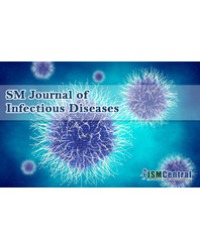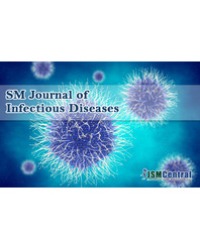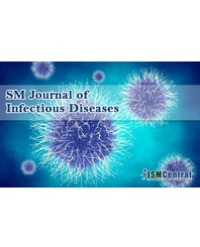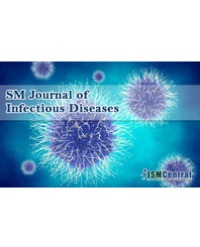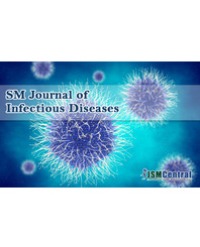
Pediatric Cancer Surgery during Covid-19 Period in Brazil
Introduction: In december 2019, the first case of Corona vírus infections causing na acute respiratory failure syndrome was reported in China. After 2 months, the world health Organization statement a COVID-19 Pandemic period., Childhood cancer stands out as the most importante cause of death, with aprproximately 8460/1 million new cases. COVID 19 was a challenging condition for Society and health systems in South america. New priority ordres of attendence and surgical routine were stablished to ensure health care by National Health Surveillance Agency (ANVISA). The high transmissibility and unknown pathophysiology, without specific therapy or vaccine, including Pediatric profile, characterizing and urgency of global confrontation.
Objective: Demonstrate our COVID-19 strategies and how they influenced the surgical treatment of Pediatric câncer patients.
Methods: This are a retrospective cohort study from march 2020 to February 2022 in oncohematology patients, aged between 0 and 16 years old, submitted to surgical procedures. They were stratified by age, sex, pathology, symptoms, COVID-19 laboratorial tests, type of surgical procedure and retard. Statistical analysis was performed (P-value).
Results: 390 patients were aged up, the incidence of death considered 10.5%, 7.0% of tested were positive for covid 19 and 2.1% of cases were treated at home. The delay surgical procedure occurred in 2.8% of cases. There was and 18% reduction in the total number of global surgical procedures.
Conclusions: Coronavirus infection still a challenge, more studies experience are necessary to get new perspectives in treatment and follow up of Pediatric Oncology group.
Ricardo Vianna de Carvalho, Bruno Cesar Honório de Albuquerque, Barbara Carolina Alfradique Batista Godinho, Marianne Monteiro Garrido, Flavia Claro da Silva, Rosana Fidelis Coelho Vieira, Mileine Maneiro Garabal, Fernanda Costa Capela, Arissa Ikeda Suzuki, Licia Neves Portela, and Francisca Norma Albuquerque Girão Gutierrez

